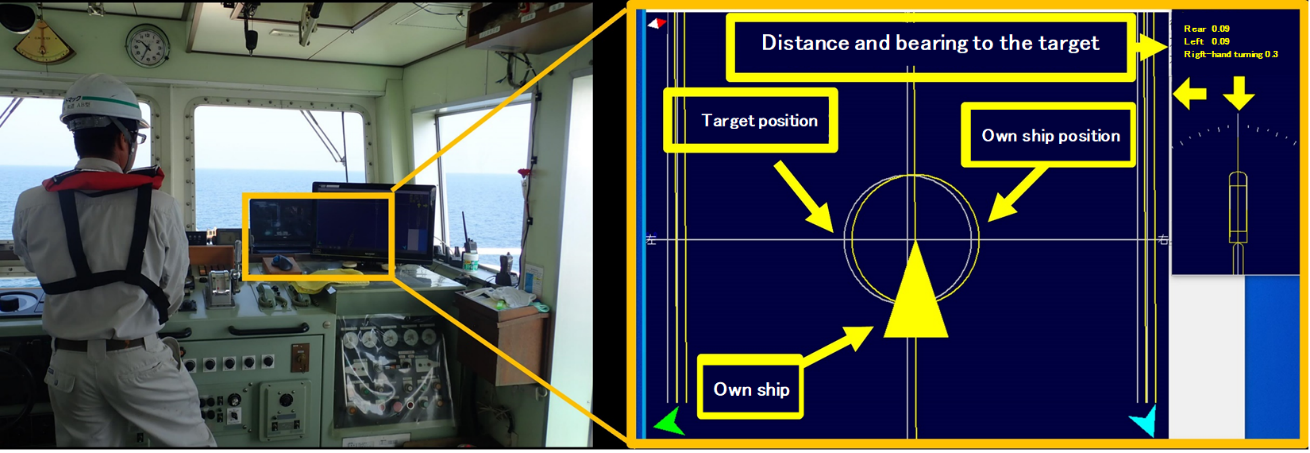- TOYO HISTORY
- LANGUAGE


TOYO CONSTRUCTION CO., LTD. (Kyoji Takezawa, Representative Director, President) has developed
“Fishing ground construction system – QZSS”, which utilizes a quasi-zenith satellite “Michibiki”, by
expanding traditional fishing ground construction systems.
This system enables to visualize status of offshore construction such as construction of
upwelling fishing grounds (mound fish bank) or protective reefs, and in addition to
traditional GNSS positioning systems centered on GPS, has realized high-accuracy
of offshore construction by utilizing a quasi-zenith satellite “Michibiki”.
Fishing ground construction works are usually implemented through a cycle of “injection plan”,
“ocean research (tidal current)”, “construction” and “survey”; however, water is deep in the
marine area for fishing grounds and tidal stream is fast, therefore, it is required for a work to
inject materials accurately.
In offshore construction, because adjusted data of RTK positioning method (accuracy approx.
2cm~10cm) is not reachable, a differential positioning method (accuracy approx. 50cm~100cm)
is used; however, now, a quasi-zenith satellite “Michibiki” is utilized for more accurate positioning
calculation. “Michibiki” is a Japanese satellite positioning system which began operation from
November in 2018, and Centi-meter Level Augmentation Service (CLAS) is provided. The
Company developed a construction control system whose accuracy improved from ±50cm to
±10cm by using this technology, and adopted the system for the first time for construction of
offshore structure, which achieved a good performance.

Installation status of GNSS positioning system

Construction status (left) and screen of fishing ground construction system (right)
At offshore construction sites, construction status may vary due to nautical conditions. In the
future, we will realize high-quality fishing ground construction by coordinating wave measurement
technology and rolling alleviation technology with this system and contribute to improvement in
safety aspects.